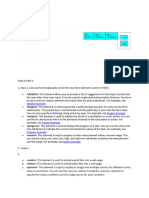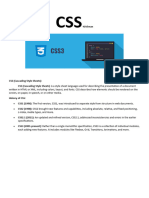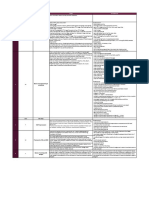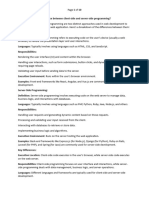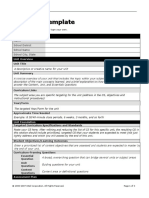0% found this document useful (0 votes)
110 views19 pagesFrontend Notes
The document provides an extensive overview of front-end web development technologies, including HTML, CSS, and JavaScript. It covers fundamental concepts such as HTML structure, CSS styling techniques, and JavaScript programming principles, including variables, data types, and functions. Additionally, it introduces frameworks like Bootstrap and discusses responsive design practices.
Uploaded by
kevliyakevCopyright
© © All Rights Reserved
We take content rights seriously. If you suspect this is your content, claim it here.
Available Formats
Download as TXT, PDF, TXT or read online on Scribd
0% found this document useful (0 votes)
110 views19 pagesFrontend Notes
The document provides an extensive overview of front-end web development technologies, including HTML, CSS, and JavaScript. It covers fundamental concepts such as HTML structure, CSS styling techniques, and JavaScript programming principles, including variables, data types, and functions. Additionally, it introduces frameworks like Bootstrap and discusses responsive design practices.
Uploaded by
kevliyakevCopyright
© © All Rights Reserved
We take content rights seriously. If you suspect this is your content, claim it here.
Available Formats
Download as TXT, PDF, TXT or read online on Scribd
/ 19





















